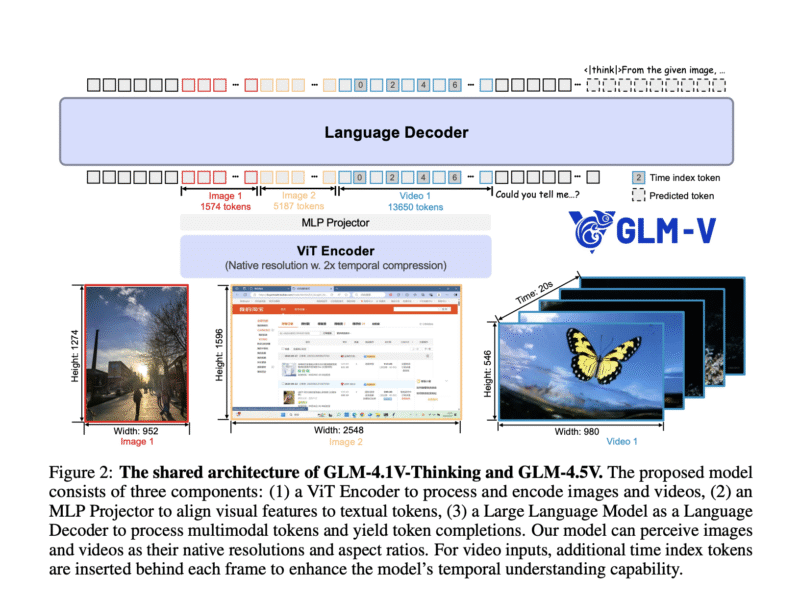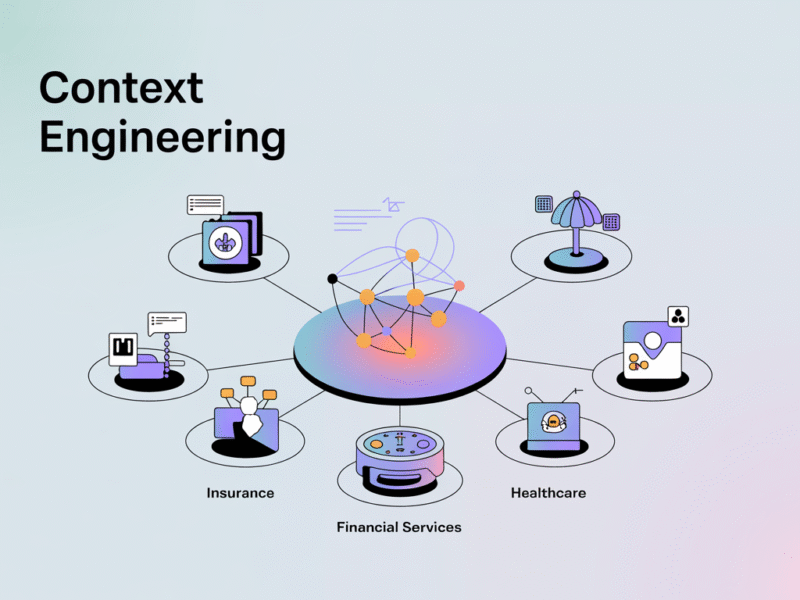Nvidia made major waves at SIGGRAPH 2025 by unveiling a suite of new Cosmos world models, robust simulation libraries, and cutting-edge infrastructure—all designed to accelerate the next era of physical AI for robotics, autonomous vehicles, and industrial applications. Let’s break down the technological details, what this means for developers, and why it matters to the future of embodied intelligence and simulation.
Cosmos World Foundation Models: Reasoning for Robots
Cosmos Reason: Vision-Language Model for Physical AI
At the heart of the announcement is Cosmos Reason, a 7-billion-parameter reasoning vision-language model. This AI is engineered for robots and embodied agents tackling real-world tasks:
- Memory and Physics Awareness: Cosmos Reason incorporates advanced memory for spatial and temporal reasoning, plus an understanding of physical laws. This lets robots and AI agents actually “plan” step-by-step actions in complex environments—making it ideal for data curation, robot planning, and video analytics.
- Planning Capability: The model feeds structured video and sensor data (like segmentation maps and LIDAR) into a reasoning engine that decides what moves an agent should take next. It supports both high-level instruction parsing and low-level action generation, mimicking human-like logic for navigation and manipulation.
Cosmos Transfer Models: Turbocharging Synthetic Data Generation
- Cosmos Transfer-2: Accelerates generation of synthetic datasets from 3D simulation scenes or spatial control inputs, vastly reducing the time and cost to produce realistic robot training data. This is especially helpful for reinforcement learning and policy model validation—where edge cases, diverse lighting, and weather scenarios must be modeled at scale.
- Distilled Transfer Variant: Optimized for speed, letting developers iterate fast on dataset creation.
Practical Impact
The Cosmos WFM family spans three categories (Nano, Super, Ultra), ranging from 4 billion to 14 billion parameters, and can be fine-tuned for varied latency, fidelity, and use cases from real-time streaming to photorealistic rendering.
Simulation and Rendering Libraries: Creating Virtual Worlds for Training
Nvidia’s Omniverse platform gets a major update, adding:
- Neural Reconstruction Libraries: These tools allow developers to import sensor data and simulate the physical world in 3D with lifelike photorealism, powered by neural rendering techniques.
- Integration with OpenUSD and CARLA Simulator: The addition of new conversion tools and rendering capabilities helps standardize complex simulation workflows, making it easier to interoperate between robotics frameworks (like Mujoco) and Nvidia’s USD-based pipeline.
- SimReady Materials Library: Offers thousands of substrate materials for creating highly realistic virtual environments, boosting the fidelity of robotics training and simulation.
Isaac Sim 5.0.0: Nvidia’s simulation engine now includes enhanced actuator models, broader Python and ROS support, and new neural rendering for better synthetic data.
Infrastructure for Robotics Workflows
- RTX Pro Blackwell Servers: Purpose-built for robotic development workloads, providing unified architecture for simulation, training, and inference tasks.
- DGX Cloud: Enables cloud-based management and scaling of physical AI workflows, so teams can develop, train, and deploy AI agents remotely.
Industry Adoption and Open Innovation
Industry leaders—including Amazon Devices, Agility Robotics, Figure AI, Uber, Boston Dynamics, and more—are already piloting Cosmos models and Omniverse tools to generate training data, build digital twins, and accelerate the deployment of robotics in manufacturing, transportation, and logistics.
Cosmos models are broadly available through Nvidia’s API and developer catalogs, with a permissive license supporting both research and commercial usage.
A New Era for Physical AI
Nvidia’s vision is clear: physical AI is a full-stack challenge, demanding smarter models, richer simulation, and scalable infrastructure. With the Cosmos model suite, Omniverse libraries, and Blackwell-powered servers, Nvidia is closing the gap between virtual training and real-world deployment—reducing costly trial-and-error and unlocking new levels of autonomy for robots and intelligent agents.
Check out the technical article from NVIDIA blog. Feel free to check out our GitHub Page for Tutorials, Codes and Notebooks. Also, feel free to follow us on Twitter and don’t forget to join our 100k+ ML SubReddit and Subscribe to our Newsletter.

